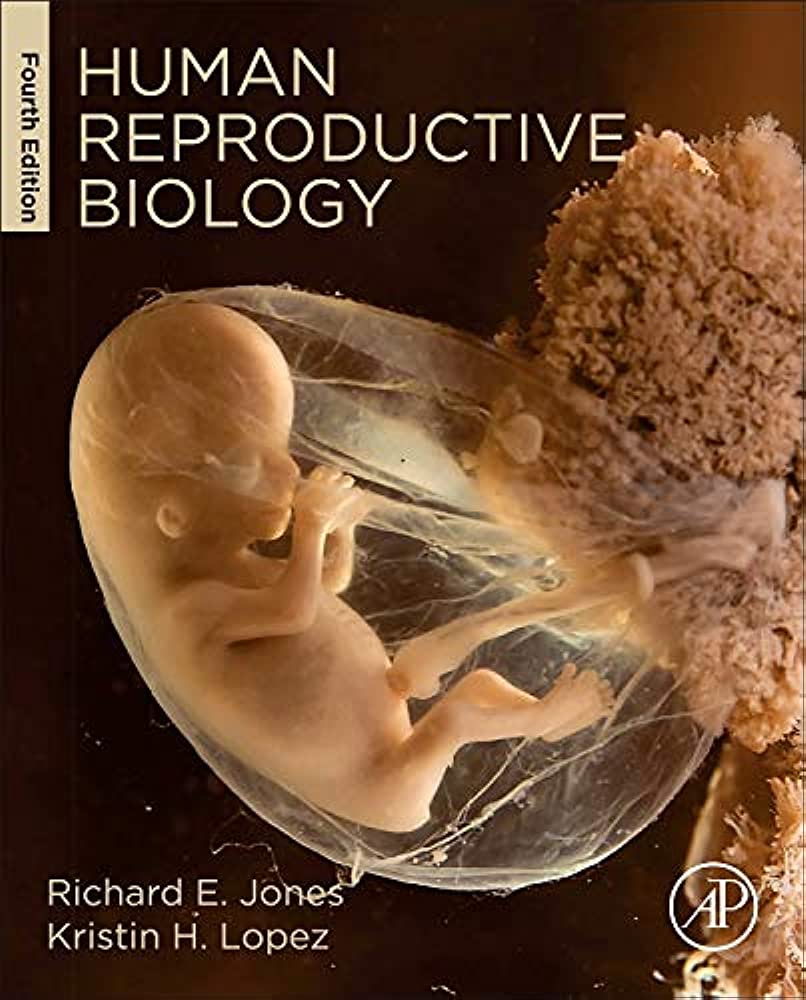Reproductive biology is the study of living organisms that reproduce. This includes the study of how these organisms produce offspring, how they care for their young, and how reproduction affects the evolution of a species.
Organisms that reproduce sexually produce offspring that are genetically diverse, which can give them an advantage in survival. Sexual reproduction also allows for the exchange of genes between different populations of organisms, which can help to keep a species healthy.
Asexual reproduction, on the other hand, produces only genetically identical offspring. This can be advantageous in some situations, such as when a species is introduced to a new environment and needs to quickly establish itself. However, it can also lead to problems if a species becomes too closely related and starts to suffer from inbreeding depression.
There are many different strategies for reproductive success, and each has its own advantages and disadvantages. For example, some animals mate for life while others engage in short-term relationships or even mate with multiple partners. Some animals invest heavily in their young while others abandon them soon after they are born. And some animals reproduce slowly while others produce many offspring at once. The best strategy for any given species depends on the environment it lives in and the resources it has available.
Humans have evolved a variety of reproductive strategies over the course of our history. For most of our existence, we have been hunter-gatherers who reproduced relatively slowly and invested heavily in our children through extended periods of infancy and childhood. In recent centuries, however, we have increasingly adopted more efficient reproductive strategies such as contraception and smaller families. These changes have allowed us to increase our population size without putting undue strain on our resources or damaging our environment.


